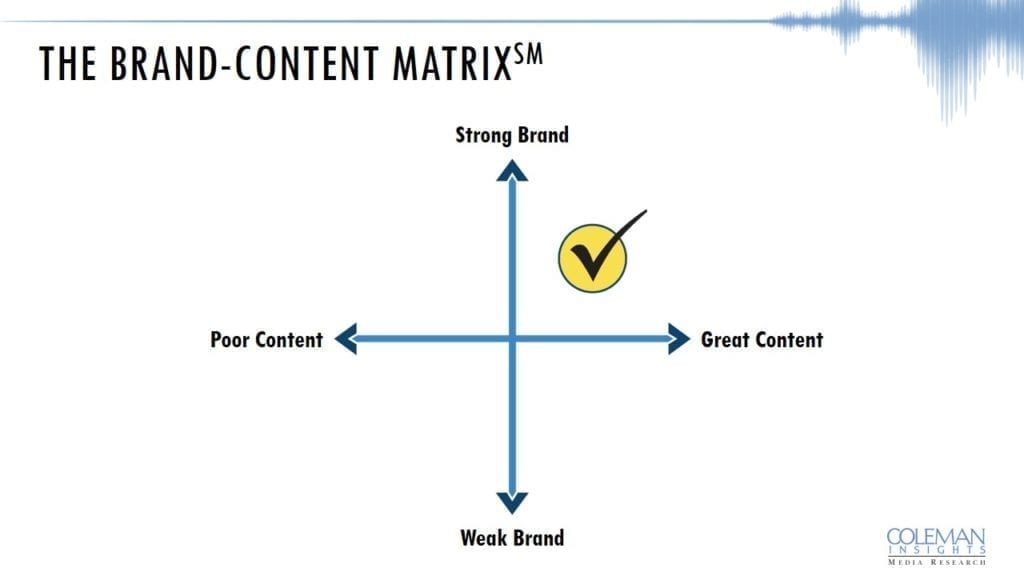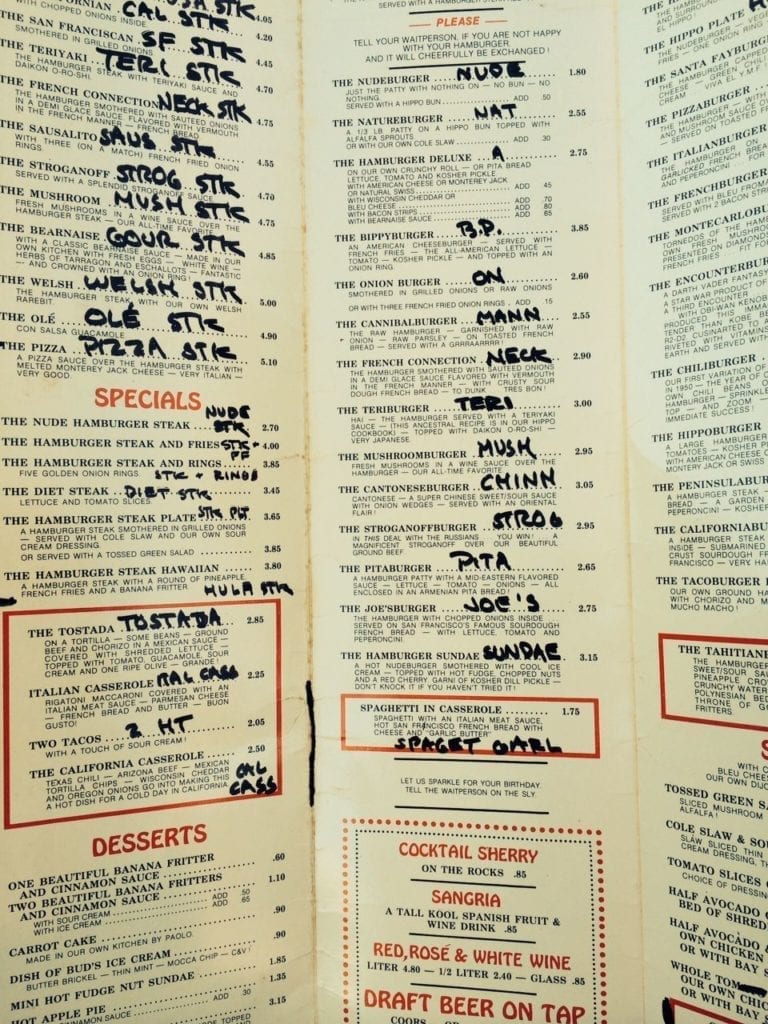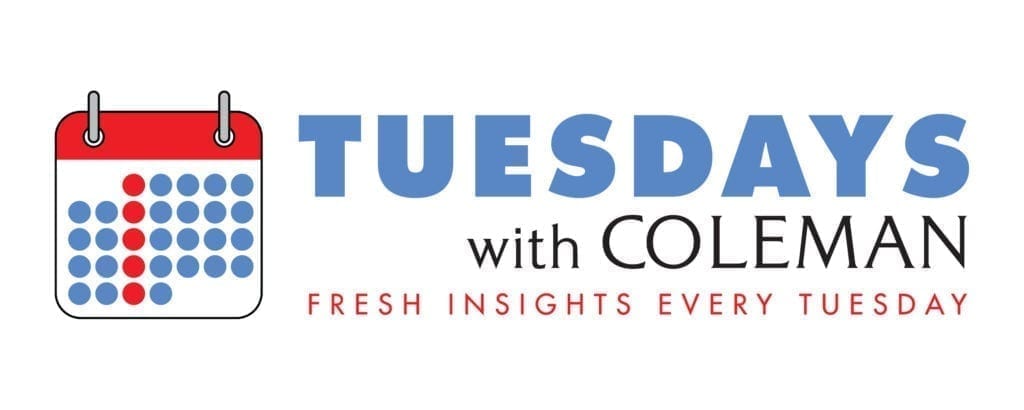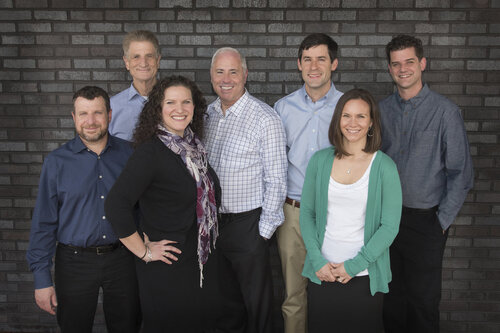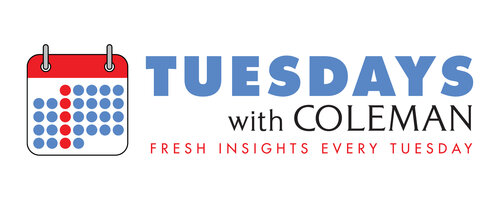
A couple of weeks ago, a nasty stomach bug floored me. I pretty much didn’t get out of bed for a few days. My time in quarantine was spent in the room that has the TV without any bells and whistles. No cable, no satellite, not even streaming. I know, the horror. It does, however, kick it old school with an over-the-air antenna that allows me access to forgotten shows that have sat in a vault somewhere for decades until unearthed and repurposed by networks most people have never heard of like Comet. That is how I rediscovered one of my favorite shows, Quantum Leap.
Quantum Leap was a time-travel series that aired from 1989 through 1993. It starred Scott Bakula as a scientist who leaps through time into other people’s bodies to fix problems. Not having seen the show in decades, the detail of the show’s introduction caught my attention.
This voiceover begins each episode:
“Theorizing that one could time travel within his own lifetime, Doctor Sam Beckett stepped into the Quantum Leap accelerator – and vanished. He awoke to find himself trapped in the past, facing mirror images that were not his own, and driven by an unknown force to change history for the better. His only guide on this journey is Al, an observer from his own time, who appears in the form of a hologram that only Sam can see and hear. And so, Doctor Beckett finds himself leaping from life to life, striving to put right what once went wrong and hoping each time that his next leap… will be the leap home.”
That 50-second narration precedes the show theme and credits that follow for a total of two minutes.
HOW QUANTUM LEAP USED OUTSIDE THINKING
While it has become common practice for shows to provide a “Previously on…” clip package to get viewers caught up, it is also common that shows get right into the content quickly. If you’re a new viewer, the onus is on you to figure out the intricacies of the characters and plot lines. Maybe that’s what struck me about the intro to Quantum Leap. It felt like an example of Outside Thinking; adopting the mindset of your consumer. The producers of Quantum Leap assumed that you didn’t know what the show was about when you tuned in. But each week, in less than a minute, you were clear on the premise of the show, the role of the two main characters, and the goal of each episode.
Consider the quarter-hour rule in television. Watch how, in a one-hour episode of a show, the three main story lines are reset every quarter hour or so (usually out of a commercial break). The idea is that new viewers are coming in all the time, and by quick resets through conversations and visuals, they won’t feel lost.
ADAPTING FOR PERSONALITY-BASED SHOWS
I’ve heard some personality-based shows in the radio, streaming, or podcast space use tag lines or slogans, which can be an effective way to quickly and simply define what a show is about. Some shows will play pieces of character-based imaging, that say the name of the personality followed by a piece of audio that helps establish their role on the show. Is he/she the funny one? The clever one? The silly one? The smart one?
These kind of tactics can feel unnecessary. Will listeners figure out the depths of someone’s role themselves, just by listening? Sure, maybe. But providing clear definitions to the audience can accelerate the process, which can positively impact the personality’s familiarity and evaluation.
As in the Quantum Leap and quarter-hour examples, there is high value when shows decide to set up and reset. Be deliberate about reminding listeners what the show is about. Clearly define roles and plot lines. Remember, if it feels like you’re doing it too often, you just might be getting close to doing it the right amount. Listeners and viewers don’t think like programmers. When programmers think like listeners and viewers, great things happen.

